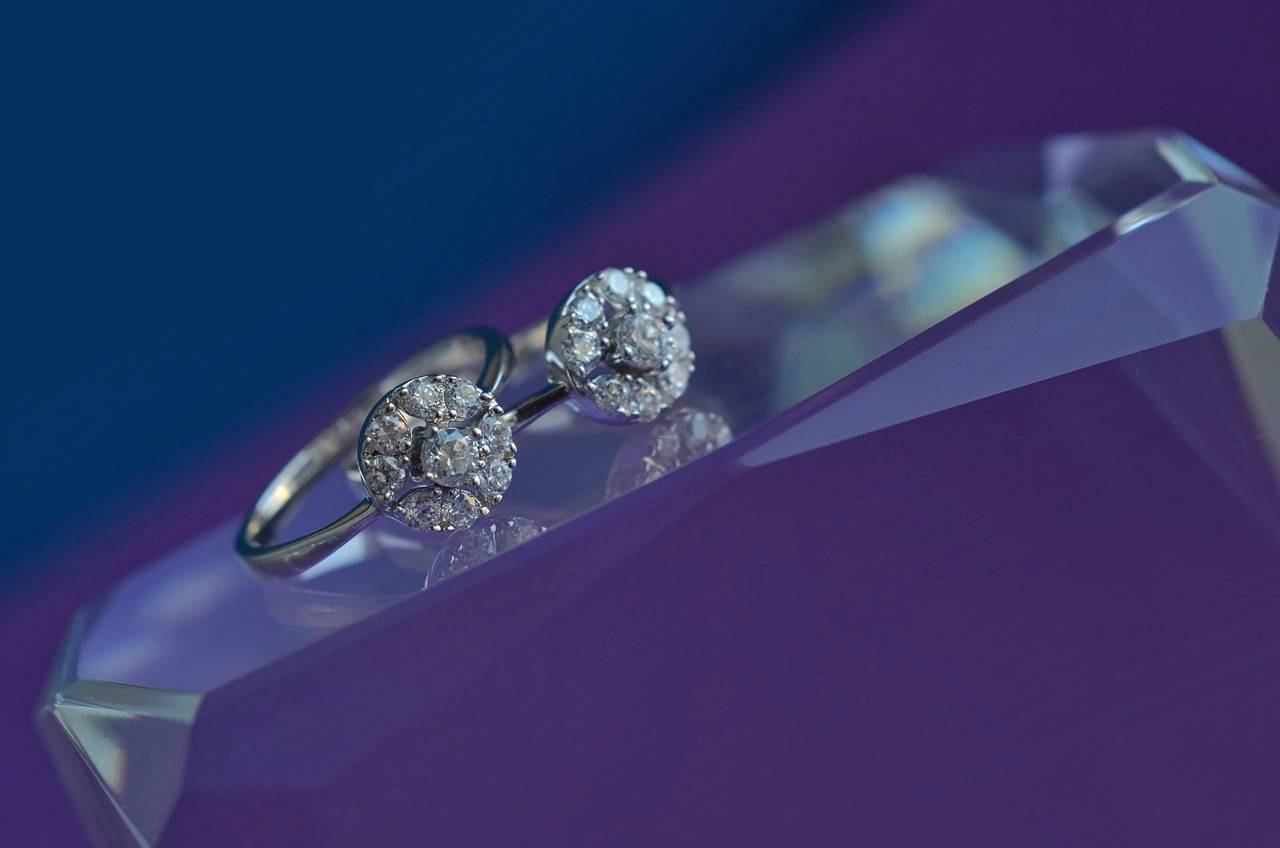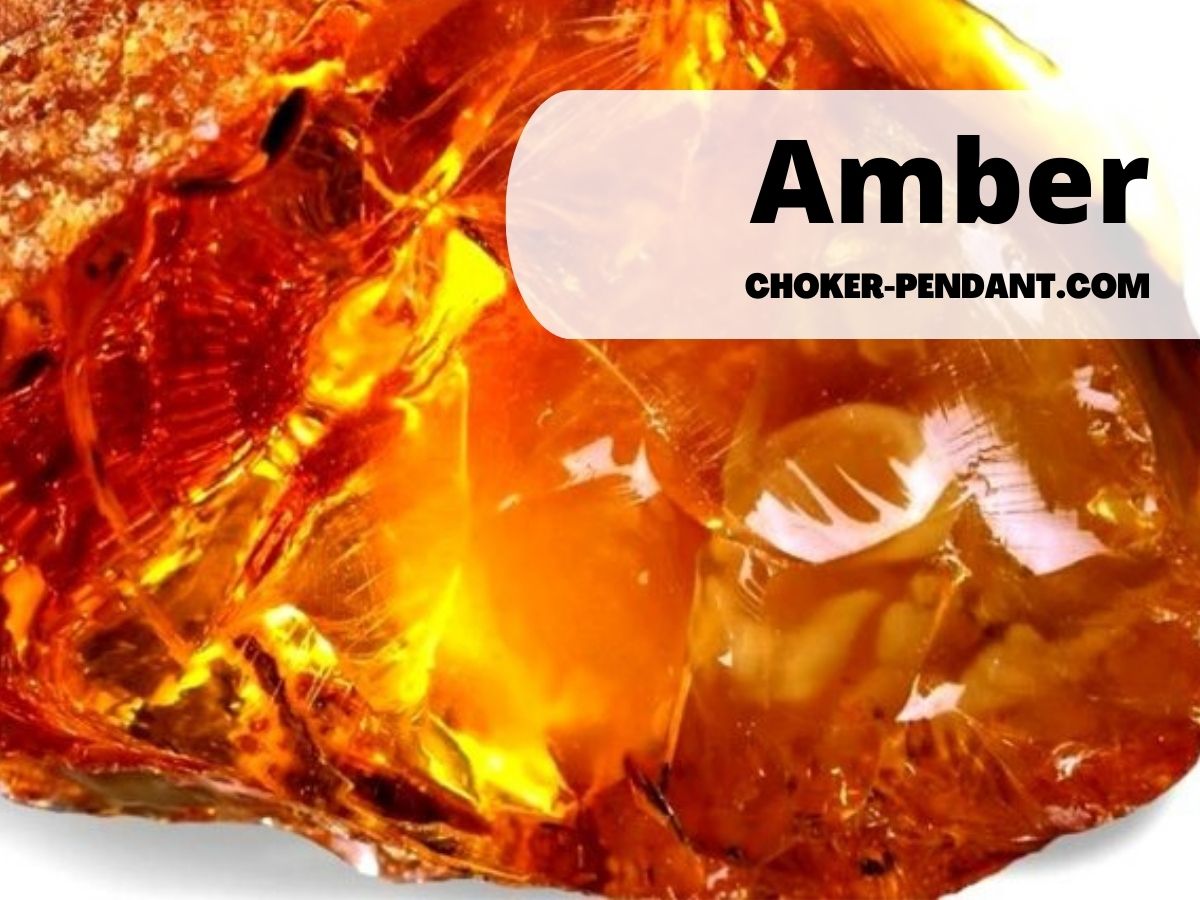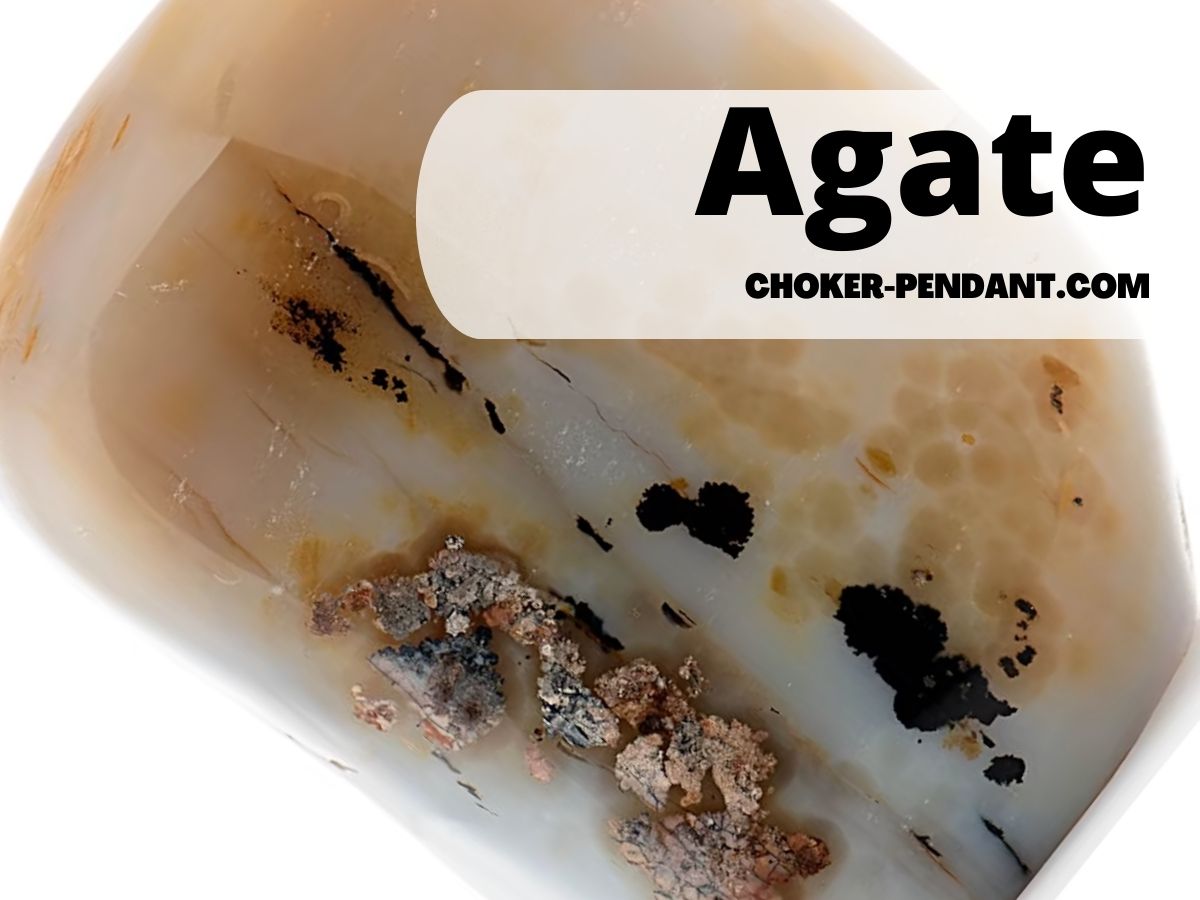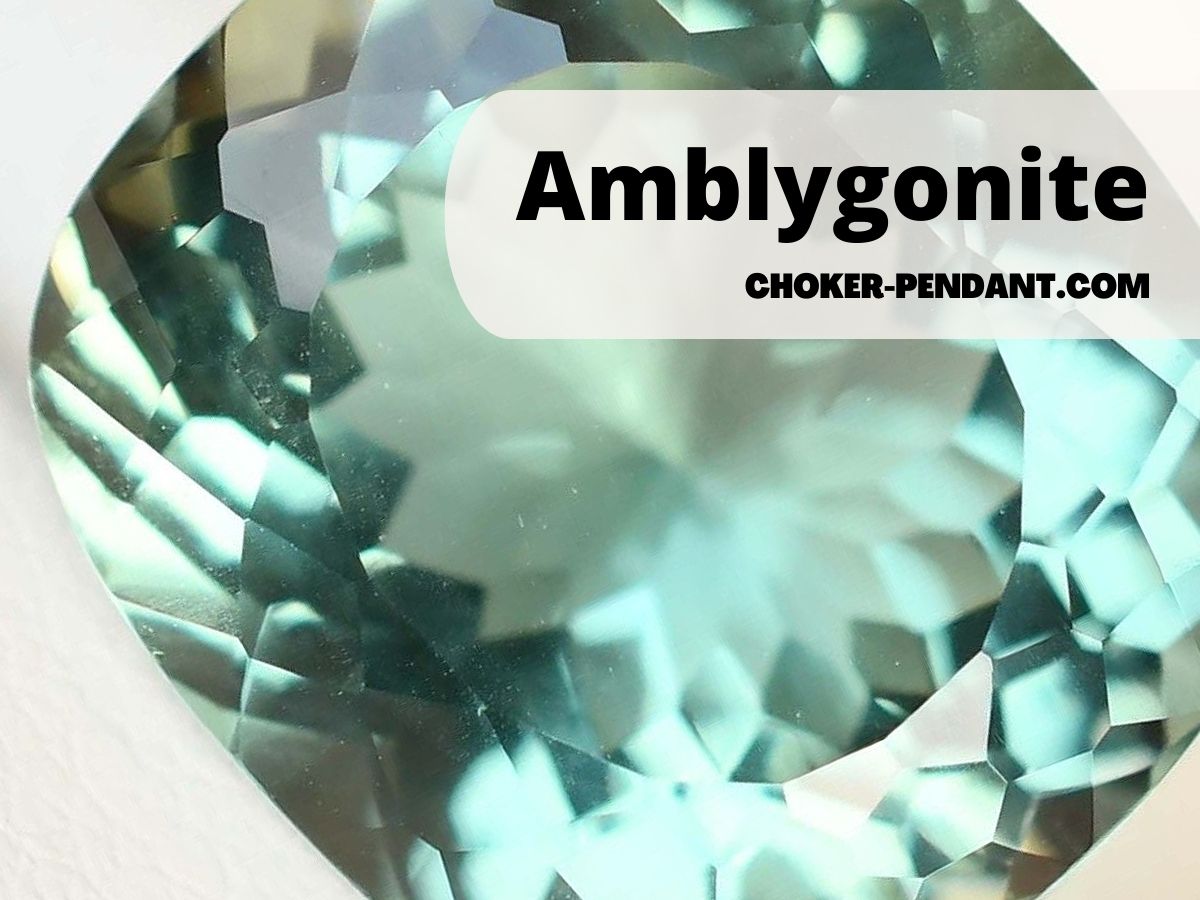Cubic zirconia, a synthetic gemstone with remarkable visual similarities to diamonds, has gained popularity as an accessible and affordable alternative. With its dazzling brilliance and captivating sparkle, cubic zirconia often leaves onlookers impressed by its resemblance to its pricier counterpart. This article aims to delve into the creative methods one can employ to enhance the appearance of cubic zirconia and elevate it to the elegance of a diamond.
Brief Explanation of Cubic Zirconia and Its Resemblance to Diamonds
To grasp the significance of enhancing cubic zirconia’s appearance, it is essential first to understand what exactly this gemstone is and how it imitates diamonds. Cubic zirconia (CZ) is a lab-created crystal characterized by its cubic crystalline structure, exceptional clarity, and impressive refractive properties. Due to advancements in technology over the years, CZ can now mimic many aspects of natural diamonds with striking precision.
When compared side by side with a diamond, untrained eyes may struggle to distinguish between the two at a glance. Cubic zirconia shares various visual characteristics that closely resemble those found in diamonds.
The brilliance, fire (dispersion), and scintillation displayed by CZ are uncannily similar due to its high refractive index. Additionally, CZ’s hardness falls close on the Mohs scale at around 8-8.5 (diamonds being at 10), making it durable enough for everyday wear.
Purpose of the Outline: Exploring Creative Enhancement Techniques
The purpose of this outline is not merely to acknowledge cubic zirconia’s likeness but rather to explore innovative techniques that can elevate its appearance even further while maintaining affordability. By delving into various enhancement methods such as polishing techniques for clarity improvement or color enhancement coatings that mimic diamond hues precisely, we aim to empower individuals to transform their cubic zirconia jewelry into captivating pieces that rival the beauty of natural diamonds. Our goal is to present a comprehensive guide that showcases the creativity and possibilities available with cubic zirconia.
By implementing these techniques, individuals can bring out the utmost potential in their CZ jewelry, allowing them to embrace elegance and luxury without breaking the bank. Through this exploration of enhancement methods, we aspire to equip readers with knowledge and inspiration, enabling them to enjoy the beauty of diamonds through an alternative gemstone.
Understanding Cubic Zirconia
Definition and Composition of Cubic Zirconia
Cubic zirconia (CZ) is a synthetic crystalline material that closely resembles the appearance of a diamond. It is made from zirconium dioxide, which is heated to extremely high temperatures and combined with other stabilizing elements.
The resulting crystal structure of cubic zirconia is what gives it its name, as it forms in a cubic shape. This man-made gemstone gained popularity as an affordable alternative to diamonds due to its remarkable visual similarities.
Differences Between Cubic Zirconia and Diamonds in Terms of Physical Properties
While cubic zirconia may possess the allure of diamonds, it differs from them in several key physical properties. One notable distinction lies in the refractive index. Refractive index refers to how light bends when passing through a material.
Diamonds have a higher refractive index compared to cubic zirconia, meaning they reflect and refract light differently, resulting in enhanced brilliance and fire. Another contrasting factor between the two is hardness.
Diamonds are renowned for their exceptional hardness on the Mohs scale, ranking at 10 out of 10. In comparison, cubic zirconia falls around 8-8.5 on this scale, making it less durable than diamonds but still considerably resilient against everyday wear.
Furthermore, brilliance sets diamonds apart from cubic zirconia. Brilliance refers to the ability of a gemstone to reflect white light internally and externally with dazzling intensity.
Diamonds possess superior brilliance due to their unique atomic arrangement and refraction capabilities compared to CZ. In understanding these differences between cubic zirconia and diamonds in terms of physical properties such as refractive index, hardness, and brilliance, we can begin exploring techniques that enhance CZ’s appearance to mimic that of its precious counterpart – the diamond.
Enhancing Clarity
Polishing techniques to achieve a flawless surface on cubic zirconia
To make a cubic zirconia look like a genuine diamond, achieving a flawless surface is essential. Polishing techniques play a crucial role in enhancing the clarity of the stone, mimicking the pristine appearance of diamonds.
Professionals employ various methods to achieve this desired effect. Using professional polishing tools and compounds is one such method.
Experts utilize rotary tools equipped with diamond-tipped polishing discs or pads, which have varying grit sizes. The process begins with coarse-grit discs to remove any visible scratches or imperfections from the surface of the cubic zirconia.
Subsequently, finer grit discs are used to gradually refine the polish until an impeccable shine is achieved. In addition to utilizing professional polishing tools, hand polishing can also be employed for a high shine finish on cubic zirconia.
This technique involves using a soft microfiber cloth and applying gentle pressure in circular motions over the stone’s surface. Hand polishing allows for greater precision and control over specific areas that require more attention, resulting in an even and polished appearance.
Applying anti-reflective coatings to minimize internal reflections
Another effective way to enhance clarity in cubic zirconia is by applying anti-reflective coatings that minimize internal reflections within the stone. These coatings act as a protective layer while simultaneously reducing unwanted light reflections from interfering with the stone’s brilliance.
Anti-reflective coatings typically consist of materials such as magnesium fluoride or titanium dioxide that possess refractive properties capable of reducing reflection intensity. By carefully applying these coatings onto the surface of cubic zirconia, professionals can significantly improve its clarity by minimizing any internal glare or haze that may detract from its diamond-like appearance.
Moreover, these coatings help prevent dirt, oils, and other particles from adhering to the stone’s surface, ensuring its clarity remains unaffected for longer periods. The application process involves a delicate balance of precision and expertise to ensure an even coating without any visible streaks or blemishes.
By employing a combination of professional polishing techniques and anti-reflective coatings, cubic zirconia can acquire the clarity necessary to resemble a genuine diamond, captivating the eye with its brilliance and flawlessness. Note: Remember to continue this section by writing about the “Mimicking Diamond Color” subtopic.
Mimicking Diamond Color
Choosing the Right Color Grade for Your Desired Diamond Look
When it comes to mimicking the color of a diamond, one must first understand the different color grades. In the realm of diamonds, colorless stones are highly valued and often sought after.
To achieve a diamond-like look, it is essential to choose cubic zirconia with the appropriate color grade. Opting for colors within the D-F range will help you achieve that sparkling brilliance reminiscent of a high-quality diamond.
Coating Techniques Using Specialized Materials
To further enhance the visual appeal and mimic the color of diamonds, various coating techniques can be employed on cubic zirconia. One such technique is through vapor deposition, where thin layers of specialized materials are applied to the surface.
Titanium or chromium nitride coatings have been particularly successful in enhancing color and lending a more diamond-like appearance to cubic zirconia gemstones. The vapor deposition method involves placing cubic zirconia in a vacuum chamber along with metal sources such as titanium or chromium.
By heating these metals until they become gaseous, their atoms bond with the surface of cubic zirconia, forming a thin layer that alters its color properties. This process allows for precise control over the thickness and composition of each layer, resulting in stunning colors that closely resemble natural diamonds.
Laser Treatments to Alter Crystal Structure and Create Different Colors
In addition to applying specialized coatings, laser treatments can be utilized to alter the crystal structure of cubic zirconia and create different colors. By carefully directing laser beams onto specific parts of the gemstone, targeted modifications can be made at a microscopic level. The intense heat generated by lasers has the power to change both internal defects and external appearance.
Through this process called laser ablation or laser annealing, darker or less desirable shades can be transformed into lighter, more desirable hues. For instance, by focusing the laser on yellow or brownish areas, the heat can modify the molecular structure of cubic zirconia, resulting in a colorless or blue appearance.
This technique offers a versatile way to customize the color of cubic zirconia, allowing it to closely resemble various natural and fancy colored diamonds. By strategically selecting the appropriate color grade and employing coating techniques like vapor deposition and laser treatments to alter its crystal structure, cubic zirconia can be transformed into a gem that mirrors the splendid colors found in diamonds.
These methods provide an opportunity for individuals to enjoy the aesthetic appeal of diamond-like gemstones without breaking the bank. With these techniques at your disposal, you can elevate your cubic zirconia jewelry to exude elegance and brilliance akin to that of high-quality diamonds.
Creating Diamond-like Brilliance
Faceting techniques to maximize light reflection
One of the key elements in creating diamond-like brilliance on a cubic zirconia is the art of faceting. By carefully shaping the stone’s facets, we can optimize its ability to reflect and refract light, enhancing its sparkle and fire.
Precision cutting with diamond tools is crucial in achieving ideal proportions that closely mimic those found in natural diamonds. Diamond cutting wheels are used to meticulously shape and polish each facet of the cubic zirconia.
The angles and dimensions need to be calculated precisely to ensure that light enters through the top of the stone, bounces around inside, and exits through the crown with maximum brilliance. This process requires great skill and expertise, as even a slight deviation can impact its overall appearance.
In addition to precision cutting, another technique to boost brilliance is by adding extra facets or modifying existing ones on a cubic zirconia. Extra facets create more opportunities for light dispersion within the stone, resulting in increased sparkle.
Jewelers often strategically add facets on the pavilion side or modify existing ones to further enhance this effect. This meticulous attention to detail provides a diamond-like appearance that captivates observers’ eyes.
Coating options for enhancing brilliance
Beyond faceting techniques, coating options also play an essential role in enhancing a cubic zirconia’s brilliance factor. These coatings consist of ultra-thin layers of specific materials applied onto the surface.
One common coating method involves optical coating with materials like silicon dioxide (silica) or titanium dioxide (titania). These thin layers improve light transmission by reducing unwanted reflections on the surface of the cubic zirconia.
The result is a greater amount of light passing through and interacting with internal facets, intensifying its overall radiance. Another notable coating option for maximizing brilliance includes applying a diamond-like carbon (DLC) coating on the surface of the cubic zirconia.
This advanced technique involves depositing a thin layer of carbon-based material using vapor deposition methods. The DLC coating replicates the hardness and refractive properties of a diamond, adding an extra level of brilliance to the cubic zirconia.
The thin carbon layer also helps protect the stone from scratches and wear, ensuring its long-lasting beauty. By combining precise cutting techniques with these innovative coating options, we can transform a cubic zirconia into a dazzling gem that rivals the brilliance of natural diamonds, making it virtually indistinguishable to the naked eye.
Achieving Diamond Durability
Strengthening Techniques:
When aiming to make a cubic zirconia resemble a diamond, it is crucial to consider durability. While cubic zirconia may not possess the same natural hardness as diamonds, there are effective techniques to increase its strength and longevity.
One popular method is thermal treatment, which involves subjecting the cubic zirconia to high temperatures. This process allows for the stabilization of its crystal structure, making it less prone to damage or scratching.
Additionally, another technique is the infusion of certain chemical elements into the surface of cubic zirconia. Through processes like ion implantation or diffusion, elements such as boron or titanium can be introduced into the material.
This strengthens the molecular structure and enhances its resistance to wear and tear. Furthermore, an innovative approach that has gained popularity in recent years is the application of protective coatings.
These coatings act as a shield against potential damage by providing an extra layer of protection on top of the cubic zirconia’s surface. Materials like diamond-like carbon (DLC) are commonly used for this purpose due to their exceptional hardness characteristics.
Conclusion
While diamonds possess unparalleled durability compared to other gemstones, there are techniques available that can enhance a cubic zirconia’s resilience and make it more akin to a diamond in terms of durability. By utilizing strengthening techniques such as thermal treatment and chemical infusion, along with applying protective coatings like diamond-like carbon (DLC), one can significantly improve a cubic zirconia’s ability to withstand daily wear without losing its diamond-like appearance. By employing these methods, individuals can confidently enjoy their cubic zirconia jewelry without worrying about scratches or damage compromising their beauty.
With advances in technology and innovative approaches continually being developed in the field of gemstone enhancement, achieving diamond-like durability with cubic zirconia is becoming more attainable than ever before. So, embrace the brilliance of cubic zirconia and let its radiance captivate you with the knowledge that it can indeed emulate the durability of a diamond.




